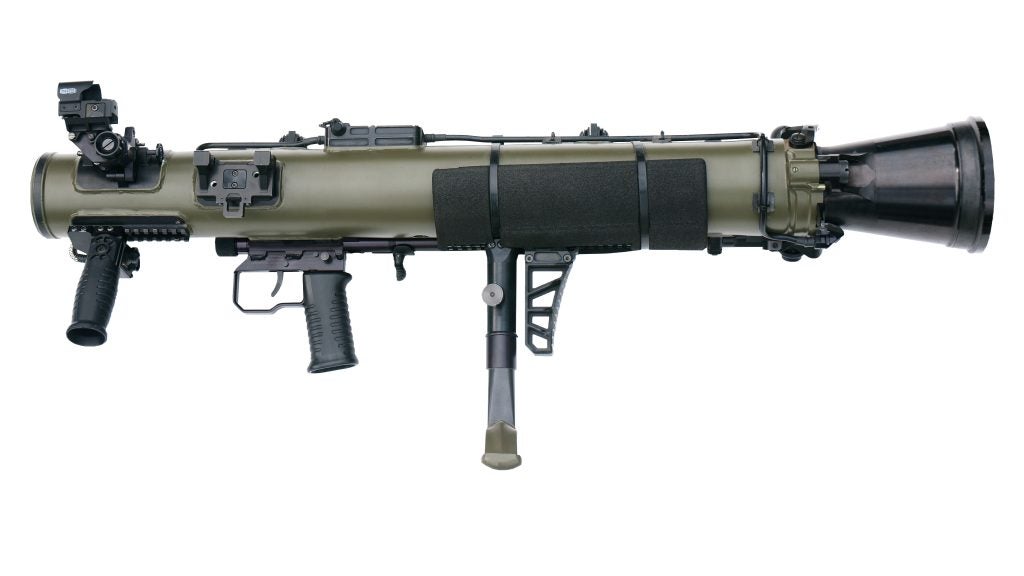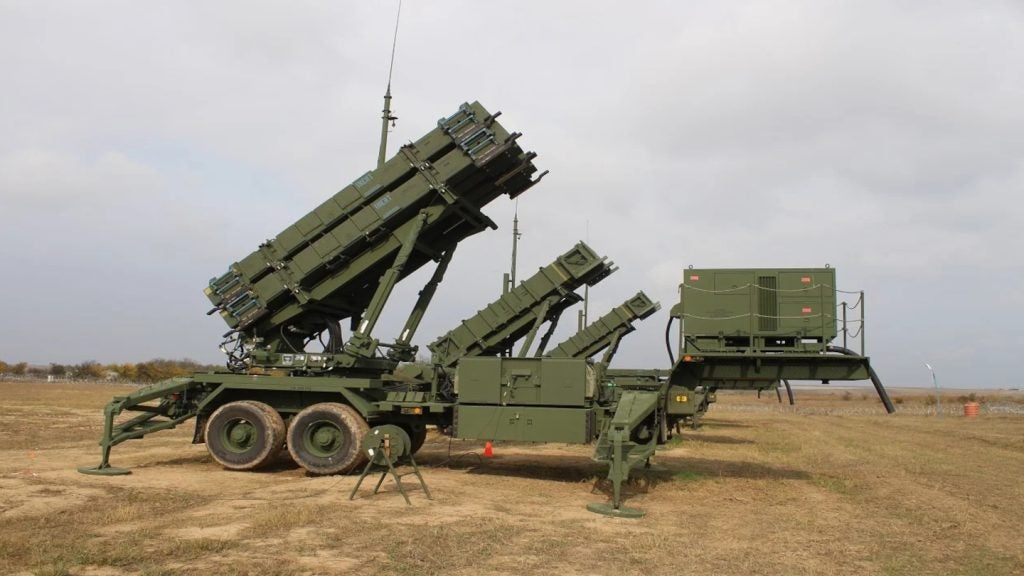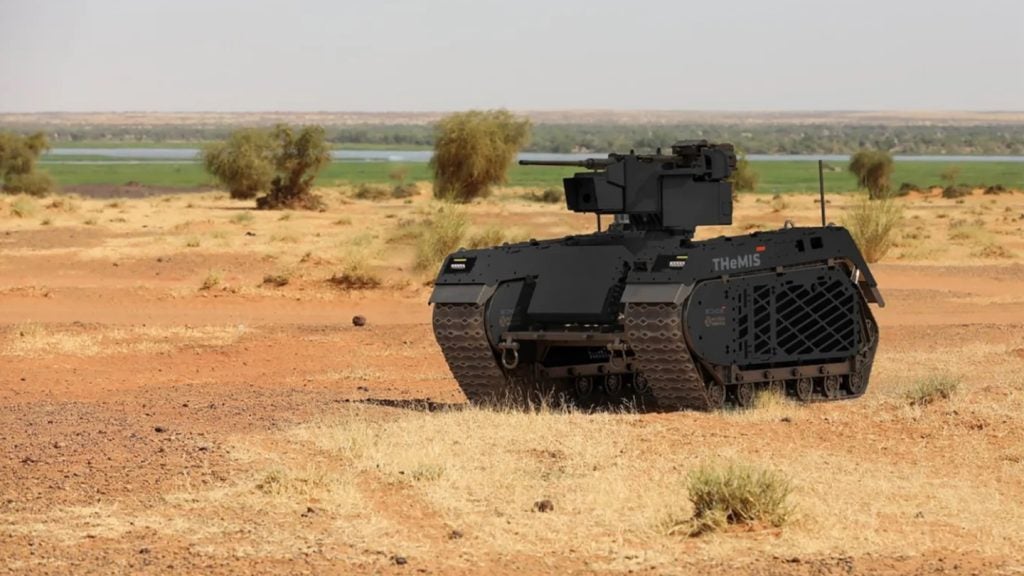The Indian Defence Research and Development Organisation (DRDO) is developing a two-tier Ballistic Missile Defence (BMD) system that provides a multi-layered shield against ballistic missile attacks.
An advanced version of the BMD system was test fired in 2011. The first phase which became operational in 2012 deals with destroying incoming missiles at endo-atmospheric level, and the second phase will deal with destroying incoming missiles at exo-atmospheric level in 2016.
The two-tier system is intended to destroy an incoming missile, at a higher altitude, in the exo-atmosphere and if that miscarries, an endo-atmospheric interception will take place. It can intercept incoming missiles at exo-atmospheric altitudes of 150km and endo-atmospheric altitudes of 80km.
The BMD system consists of a Prithvi Air Defence (PAD) missile and an Advanced Air Defence (AAD) Missile for high and low altitude interception. The PAD intercepts missiles at altitudes between 50km-80km and the AAD missile destroys them at altitudes of 15km-30km.
The Indian Air Force (IAF) and DRDO completed the BMD programme in January 2020 and the missile shield will be installed in Delhi, India upon receiving approval from the Indian Ministry of Defence.
DRDO ballistic missile defence system development India began the development of the ballistic missile defence system in 1998. The development was planned in two stages. The first phase was challenging due to the complex technologies and indigenous mission systems employed in the mission.
After eight years of development, the first missile test was conducted in November 2006. The Prithvi-II missile was successfully intercepted by the PAD in the endo-atmosphere at an altitude of 48km.
The AAD missile was fired from Wheeler Island intercepted a simulated electronic missile at an altitude of 15km over the Bay of Bengal in December 2007. The third test was successfully conducted in March 2009.
The fourth test planned in March 2010 was terminated due to technical issues. DRDO test fired the AAD missile from the Integrated Test Range (ITR) at Wheeler Island in July 2010.
The AAD intercepted and destroyed a Prithvi ballistic missile which was fired from a ship in May 2016.
DRDO plans to develop two new ballistic missiles, namely AD-1 and AD-2, in phase 2 of the missile shield development. The AD-1 and AD-2 interceptors can engage intermediate-range ballistic missiles (IRBMs)/intercontinental ballistic missiles (ICBMs).
PAD ballistic missile interceptor
PAD is a two-stage missile based on the Prithvi missile. Also known as Pradyumna, PAD has a maximum interception altitude of 80km. The first stage is liquid fuelled and the second stage is solid fuelled. The missile is equipped with manoeuvre thrusters for lateral acceleration. It can engage the ballistic missiles (300km-2,000km range) at a speed of Mach 5. It uses long range tracking radar for target acquisition and fire control. LRTR is an active phased array radar capable of tracking 200 targets within a range of 600km.
The improved missile is equipped with a gimballed directional warhead, a technology currently used by US and Russia. Trajectory optimisation enables interception at both higher and lower altitudes.
The PAD missile is being replaced with PDV which can engage RBMs of up to 2,000km range. The first successful test of PDV was conducted in April 2014, followed by the second one in February 2017.
AAD ballistic missile interceptor
AAD is a single stage solid rocket propelled guided missile. It can intercept incoming ballistic missile at altitudes of up to 30km.
It is equipped with an inertial navigation system, advanced computer and an electro-mechanical activator.
The AAD has a length of 7.5m, diameter less than 0.5m and weight of around 1.2t. The missile can be launched from an 8 x 8 Tatra transporter-erector.
Swordfish radar Swordfish is a long-range tracking radar developed for the BMD system. It was derived from the Israeli Green Pine long range radar. A test conducted in March 2009 validated the long-range capabilities of the radar.
Swordfish guides the exo-atmospheric interceptor missile PAD to engage aerial targets at altitudes over 80km. The radar can detect very small targets within the range of 600km-800km.
Contractors
DRDO units involved in the project are Defence Research and Development Laboratory , Hyderabad (mission control software); The Research Centre, Imarat, Hyderabad (navigation and electromechanical actuation systems); Advanced System Laboratory (motors, jet vanes and structures) and High Energy Materials Research Laboratory, Pune (propellants).
Other contractors include L&T, Bharat Electronics, Bharat Dynamics, Astra Microwave, Vem Technologies and KelTech.











